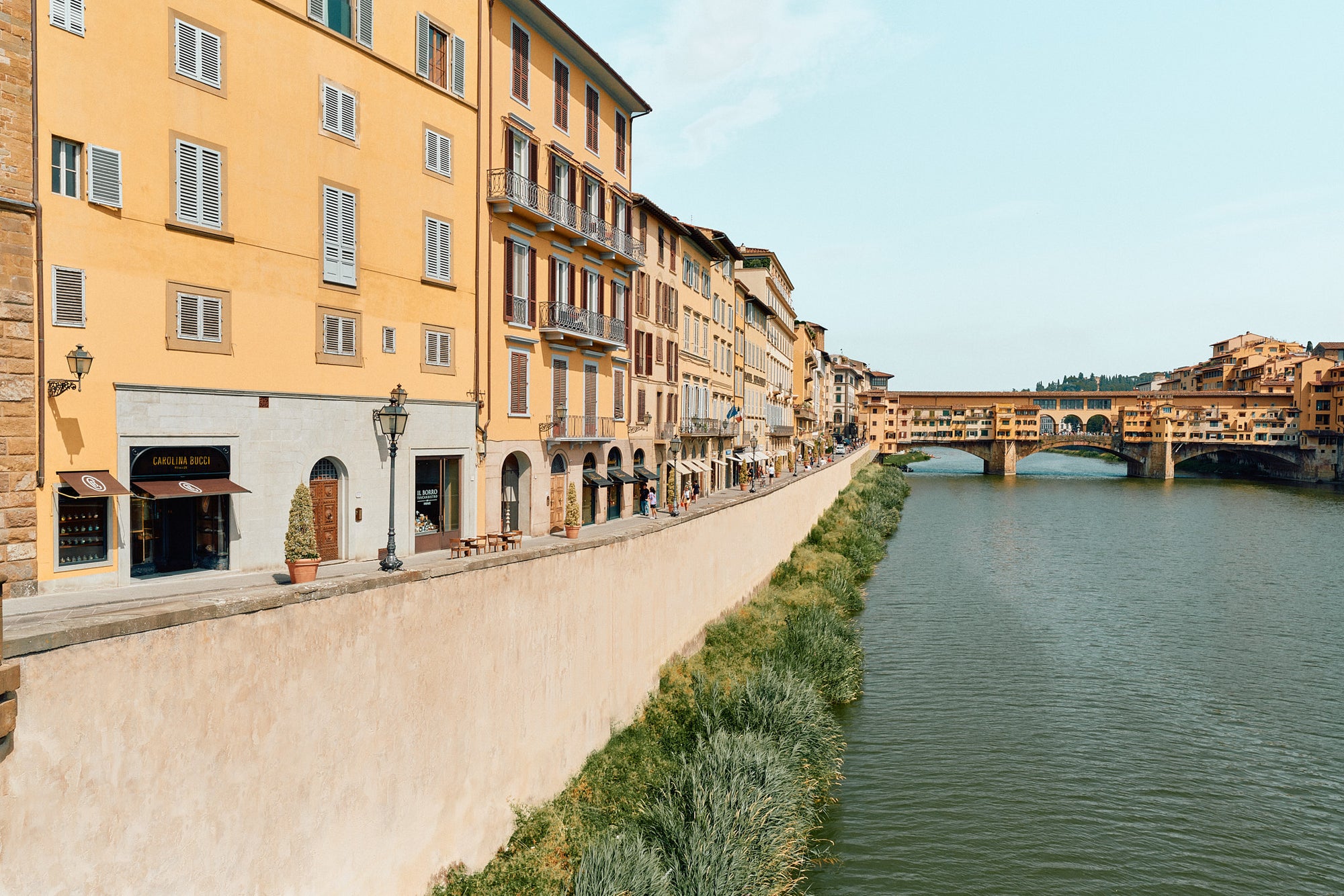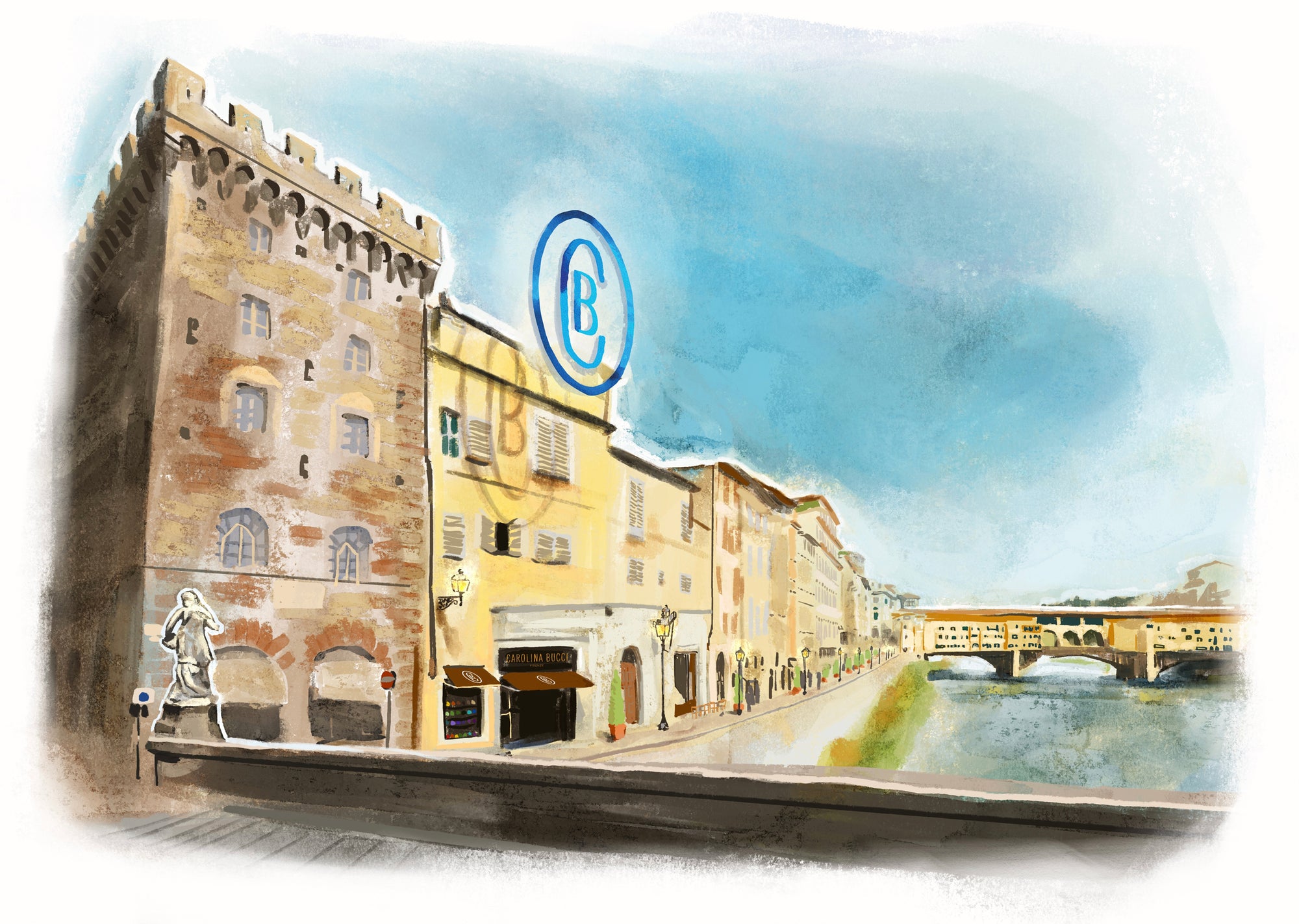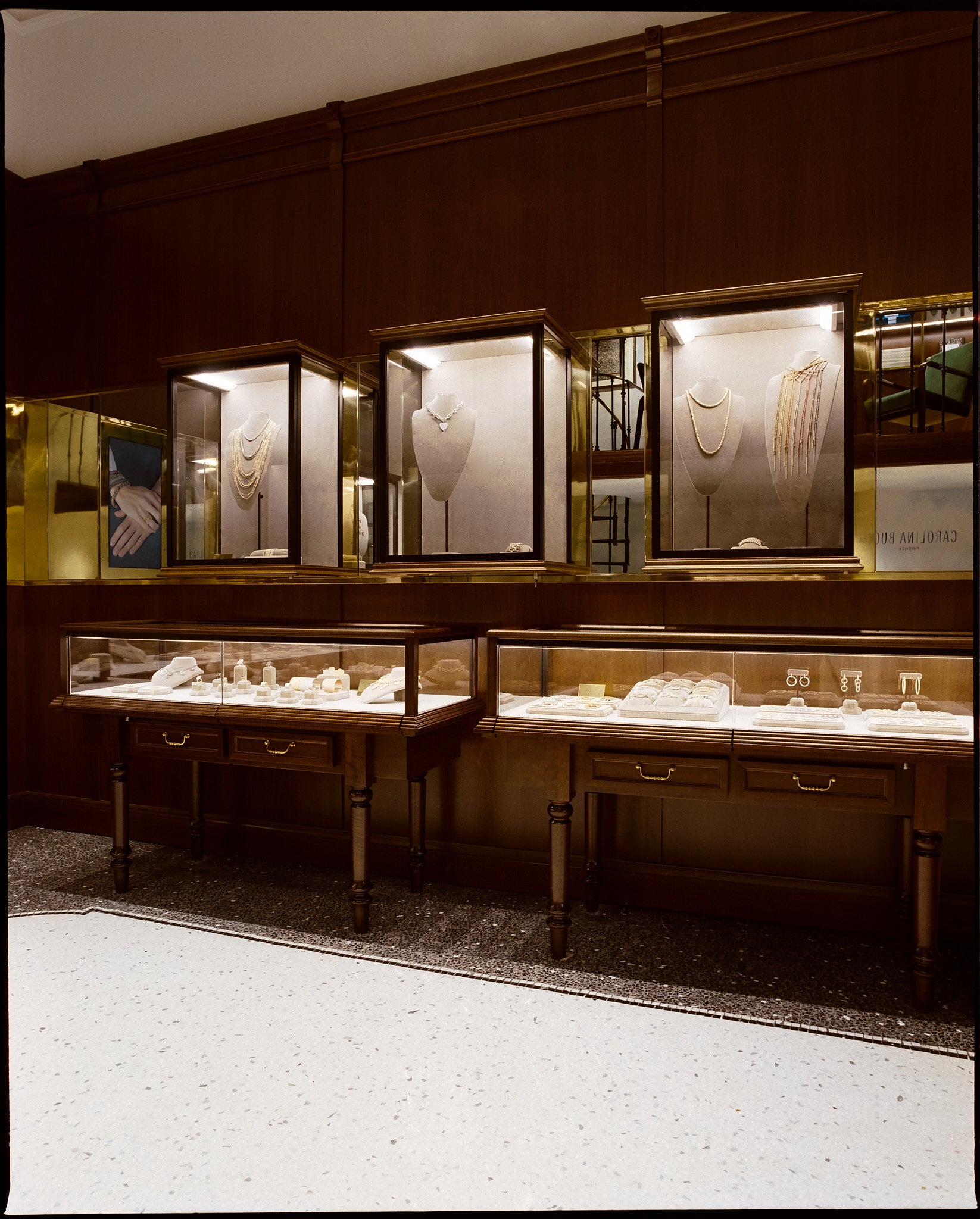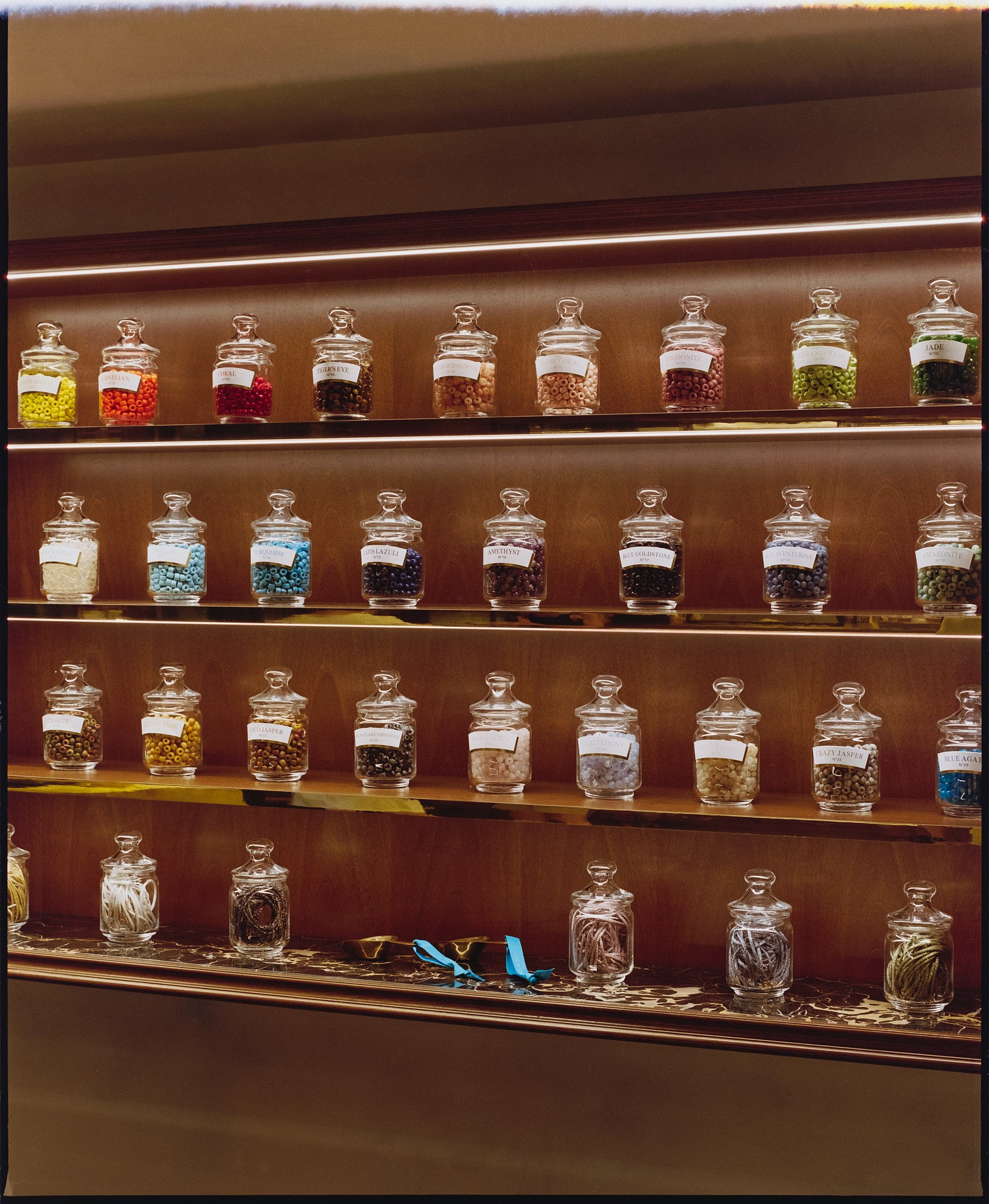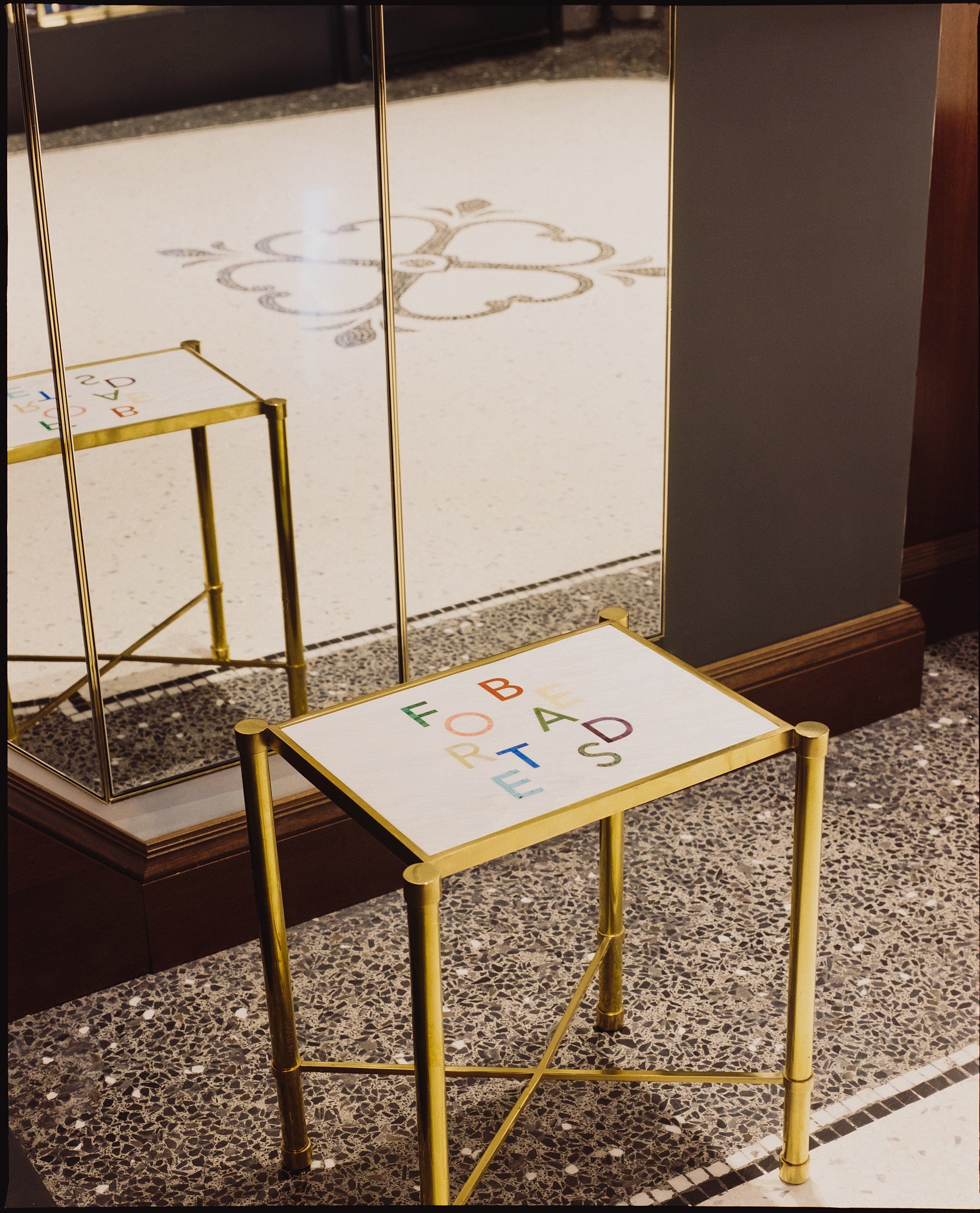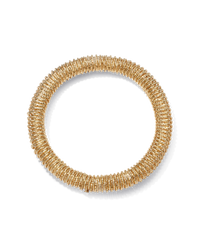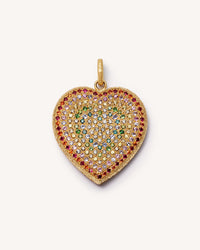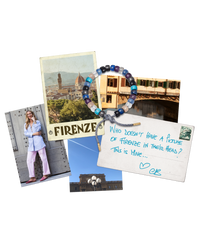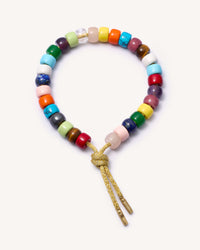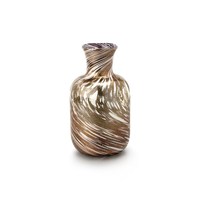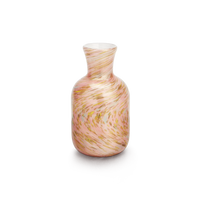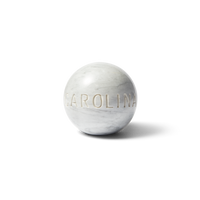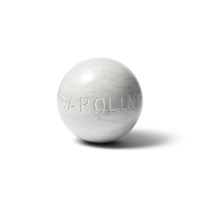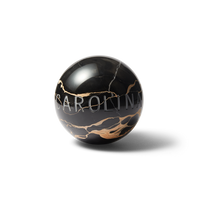The Arno River originates in the remote Apennines of the Casentino and flows into the Ligurian Sea after meandering through the placid hills of Tuscany for about one hundred and fifty miles. During the Renaissance period its sinuous course was described as the “garden of the world,” caressing numerous towns and villages, shaping their landscapes and history. Florence is inextricably linked to the Arno River’s presence: a cradle of the Renaissance, the city lies in a scenic amphitheatre-like valley.
When the Romans established the ancient settlement of Florentia, they were attracted to a strategic location on the major trade route known as the Via Cassia. The beauty of the natural environment is what later inspired Renaissance artists like Domenico Ghirlandaio, who painted splendid landscapes and townscapes in the background of his frescoes in the churches of Santa Trinita and Santa Maria Novella. As early as the second century AD, a bridge linked the ancient city to the countryside. Florentia became the region’s main centre, and its bridges made the city a symbol of prosperity.
Carolina Bucci’s new flagship store is next to one of Florence’s oldest bridges, the Ponte a Santa Trinita. From the boutique’s main window, an incomparable view of the Ponte Vecchio. This iconic monument has been connected to the story of fine jewellery since the late sixteenth century, when Grand Duke Ferdinand I de Medici assigned the butchers’ and fishmongers’ shops to the goldsmiths, to avoid unpleasant smells on the route from Palazzo Vecchio to his residence at the Pitti Palace — the famous Vasari corridor, a suspended street that connects the two. Ponte Vecchio holds a special place for Carolina Bucci — one of the brand’s workshops is in one of the mediaeval piers supporting the bridge. The atelier is the only room with a window directly overlooking the Arno. There, time flows with a gentle rhythm compared to the city below. The hands of expert craftspeople patiently assemble contemporary creations, employing the ancient techniques that are embedded into Florence’s history.















